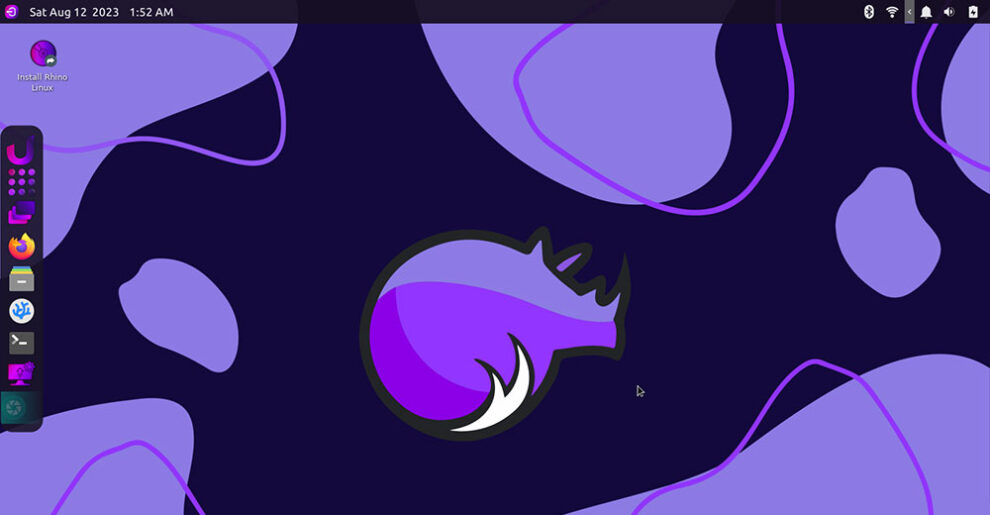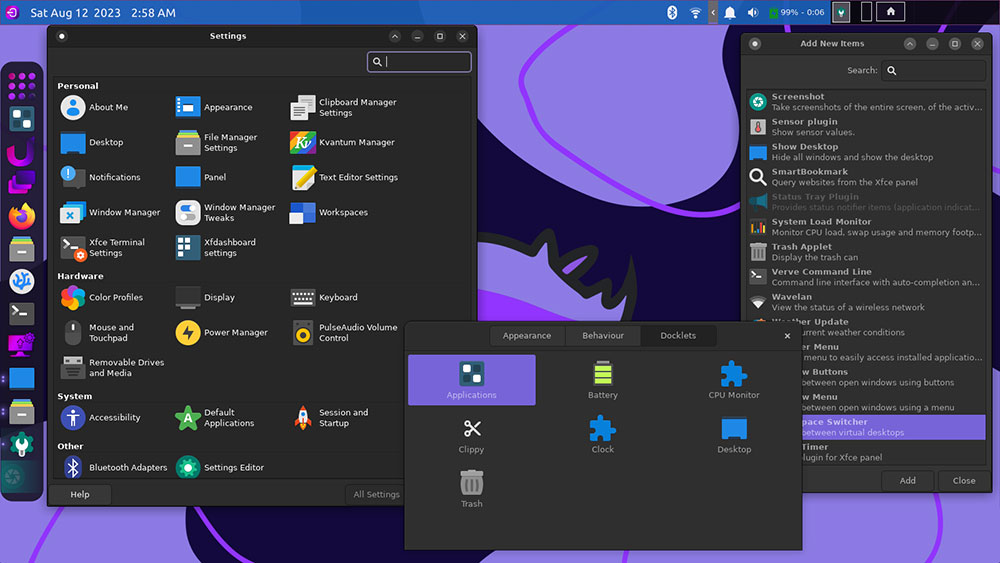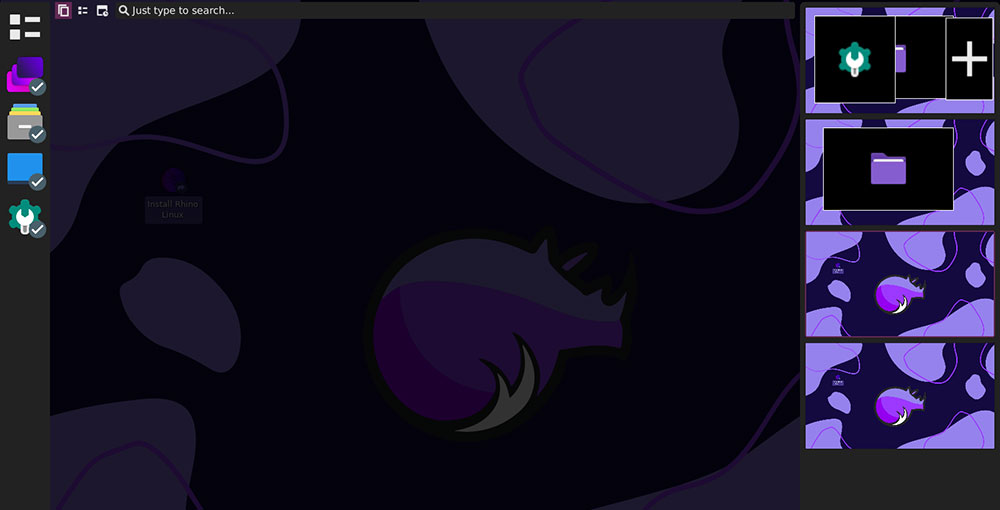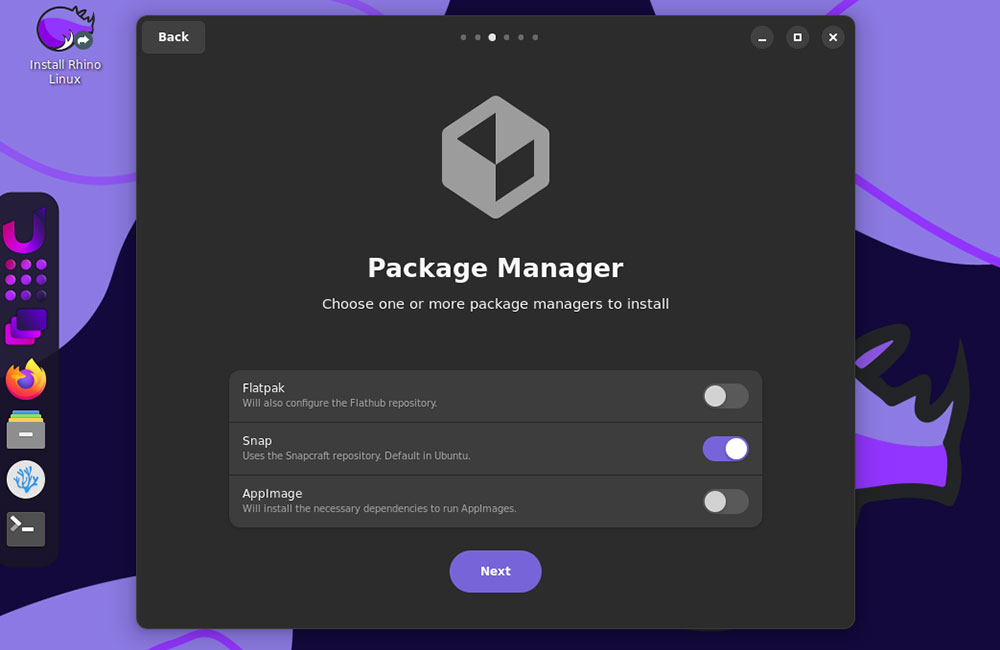Arrival of first stable version Rhino 2023.1 The last week was a real treat, and well worth the wait of six beta releases.
This new Linux Distribution succeeds the discontinued Rolling Rhino Remix Project from last October. Ironically, AJ Strong – the founder and desktop lead of the original remix – was the developer who followed up.
In a world full of lookalike Ubuntu distributions, this is the first one to offer rolling releases. You will always have the newest version of the OS, based on Ubuntu’s development branch. Rhino Linux offers a more hybrid experience than other Ubuntu-based distros.
Not all Linux users prefer rolling releases. Users may experience unexpected issues when updating OS components to reflect changes made by developers.
Ubuntu has a track record of reliability. Timeshift and other fail-safe safety measures like them make it easy to go back to an earlier update without any problems.
You can also find out more about the following: reviewed In July, Rhino Linux was one of the latest beta versions. Its functionality and potential was amazing.
In my review, I said that the Xfce desktop was already excellent and that GNOME graphical elements were blended in to create a hybrid design that is well worth trying. This first release is a non-beta version of an already polished beta. It makes it a platform that’s easy to use, and looks great.
Alluring Concept Pursued
Strong admitted in his release note that the first remix was a hobby project that he had thrown together without much thought and just for fun. His perspective changed when he discovered that people were using it.
He wrote: “This was unmaintainable over the long term, so I had a vision of how I wanted to see my desktop operating system evolve in October 2022.”
Panel controls are shown in the left-hand window. The Lock panel option is highlighted. Unchecking this option allows you to move the panel to its bottom edge. The right window displays more options for desktop appearance.
The remix environment is a great way to increase the usability and likeability of the distro. Its rolling release system is its most enticing feature.
Rebuilding from Scratch
The team of developers created new system applications to make the Ubuntu rolling release concept a reality. For instance, the in-house desktop, Unicorn, offers an eye-pleasing and lightweight interface based on the latest Xfce 4.18 desktop environment.
This heavily modified version of GNOME uses features that are borrowed from the classic GNOME. App Grid, which fills up the whole screen, is a good example. The right-side panel with virtual workspaces is another GNOME relic.
The Xfce (left window) structure is characterized by a fully populated settings menu that allows for a great deal of control of how the desktop looks and behaves. The right window has a control menu that makes it simple to add items into the Xfce Panel. The bottom window displays the three levels of desktop setup.
Xfce also includes a workplace switcher for added usability. Plank is the place to launch it. The desktop element is still one of the things I dislike about the design of the desktop (more later). A desktop switcher that you add to your panel will allow you to change virtual desktops.
The integrated Ulauncher tool is lightweight and highly customizable. The tool is written in Python. It is Wayland compatible. These details might not mean much for newer Linux users but they do show how modern Rhino Linux is.
Unicorn Desktop: Tour the Unicorn Desktop
As in beta versions, the Unicorn desktop keeps the Plank utility bar on the left side of the screen. Utility bar is a simple holding area for frequently used apps. It shows the icons of open apps on other computers, so you can close them without visiting their location.
By clicking on an icon, the Plank will display a new vertical panel with the GNOME desktop view. The GNOME desktop view slides out of the right edge of the screen.
I find this minimal Plank, which is displayed on the side, to be of limited value. Even the panel at the top is limited compared to the traditional fully-functional Xfce panels.
I would be happy with a panel that is full-blown without the Plank, or vice versa. I’m inclined to believe that other power users would agree.
The panel in a classic Xfce Desktop has a lot more functionality. I could at least drag it from top to bottom. Panel placement is something that’s more personal. It is still reminiscent of the old Linux.
The Plank mirrors vertical icons on the left side of the screen, mimicking Ubuntu’s standard layout. I’d like to see this functionality tweaked in the next release.
Under the Hood Dynamics
The latest Linux kernel, version 6.4, is used, along with Systemd 253, PipeWire 0.3.76, and Mesa 23.1. Rhino Linux’s latest features may not be important to less-sophisticated Linux users, but they are a major selling point for seasoned Linux users.
Calamares is easy to install with its adaptable installer. The live session ISO ran flawlessly on my 8GB Dell laptop, despite its age.
Pacstall, the in-house package manager, is a very innovative product. Its main benefit is its versatility in managing software from multiple sources. With it, you search, install, remove, and update packages from multiple package managers’ repositories — DEB repos, Pacstall, Flathub, Appimage, and Snap Store. Simple terminal outputs make the user experience easier.
Rhino Linux enables you to add up to three more package managers.
This RPK system configures automatically everything for you, based on the choice that you make during installation. It doesn’t get any better than this.
This approach takes a feature from Arch Linux distros. Pacscripts are the contents needed to create ready-to-install Rhino Linux packages. Nala, a frontend for the APT terminal command, also sets a new usability standard over APT.
Do not fear the terminal. You can completely avoid terminal windows in this distro by using GUI-driven package process.
Bottom Line
Three editions are available — a generic ISO for x86_64/ARM64, an ISO for the experimental PinePhone, and the Raspberry Pi ISO. You should most likely select the generic ISO and then click on the download button that corresponds to your computer’s type of architecture.
PinePhone may be an intriguing concept, but it is not essential for desktop or laptop users. This version is a Rhino Linux Port for PinePhone Devices based on the most recent version of Ubuntu Touch (version 20.04); It is the first Xfce based mobile environment.
Rhino Linux 2023.1 has a major flaw: its lack of software. It is similar to Arch Linux. It was evidently an effort to reduce the size of the download.
Instead of leaving it to the new user to search for useful software, developers should create some scripts that allow pre-bundled apps to be downloaded after system installation is complete.
The default installation includes only Firefox 116 Web Browser (also known as Firefox 116), Mousepad 0.6.1 Simple Text Editor (also known as Mousepad 0.6.1 Simple Text Editor), mpv 0.36 media player, and VSCodium 1.80.1, an integrated development environment. The installation does include nearly two screens full of tools.
Suggestions for a Review
Would you like to recommend a Linux application or distribution for review? You love something or you’d like to learn about it?
Email your ideas to me, They’ll be considered for a subsequent column.
You can also use the Reader Comments section below to give your feedback!















